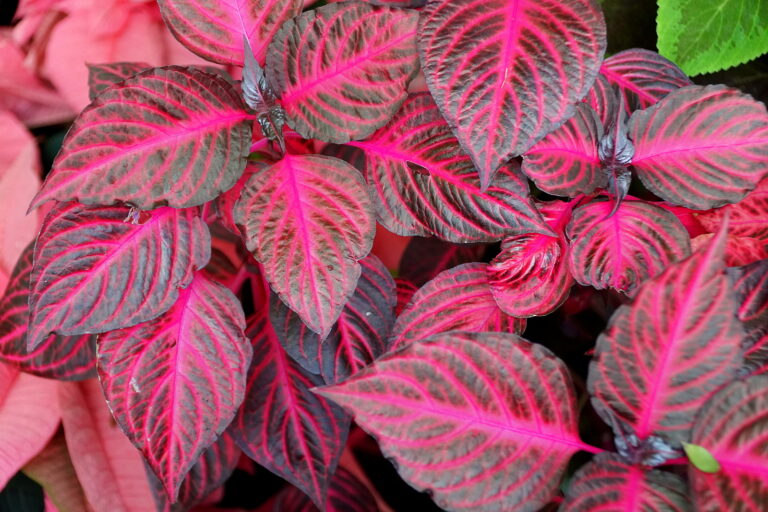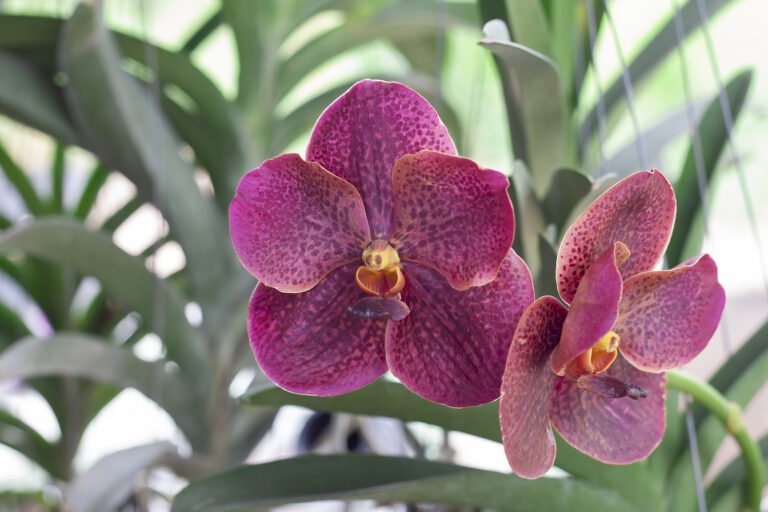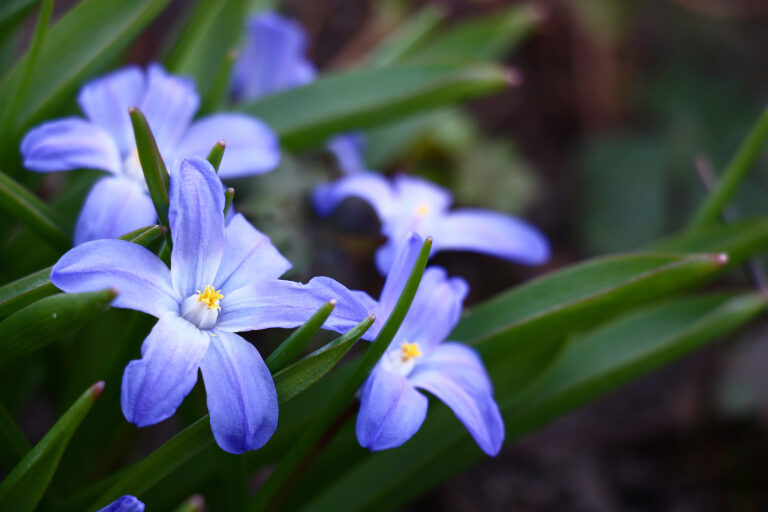How to Grow and Care for Kaffir-Lily — Clivia
Clivia–commonly called kaffir-lily–bears clusters of brilliant, trumpet-shaped blooms alongside glossy deep green, strappy leaves. Clivia is a showy member of the amaryllis family.
Grow Clivia outdoors year-round in frost-free winter regions. In colder regions grow Clivia in pots that can be set outdoors in summer and taken indoors in winter. Clivia blooms from early winter to mid-spring.
Grow Clivia in a border or bed or among shrubs where winters are mild. Where not hardy, grow Clivia as a houseplant.
Clivia is a genus of 4 species of evergreen perennials from woodland in South Africa.
Get to know Clivia — Kaffir Lily
- Plant type: Tropical evergreen perennial, houseplant
- Growing Zones and range: 9-11; clivias are damaged by temperatures lower than 30°F (-1°C).
- Hardiness: Tender; average household temperatures are fine most of the time, but plant must have temperatures below 50°F/10°C during the winter rest period to encourage good flower formation.
- Height and width: Grow 12 to 36 inches tall (30-91cm) and wide
- Foliage: Strappy green leaves
- Flowers: Clusters or 12 to 20 orange, yellow, or red flowers in balls 3 inches across followed by berries; flowers are borne on 2-foot (61cm) stalks
- Bloom time: Early winter through spring; kafir-lily can take several years to bloom
- Uses: Houseplant; in warm regions, it is used outdoors as a tall groundcover in deep shape
- Common name: Kafir-lily
- Botanical name: Clivia miniata
- Family: Amaryllidaceae
- Origin: South Africa

Where to plant Clivia — Kaffir Lily
- Light outdoors: Grow Clivia in partial shade.
- Light indoors: Clivia prefers morning or afternoon direct sun, overwise simply bright light; direct noon sun can scorch the leaves.
- Soil outdoors: Grow Clivia in fertile, humus-rich, well-drained soil.
- Soil indoors: Pot plants in average growing medium.
When to plant Clivia — Kaffir Lily
- Set Clivia outdoors in subtropical regions in spring.
Planting and spacing Clivia — Kaffir Lily
- Set Clivia rhizomes 18 to 24 inches (45-61cm) apart in the garden. Plants grow best and bloom with crowded roots.
How to water and feed Clivia — Kaffir Lily
- Keep the soil evenly moist in spring and summer; average humidity is best. Reduce watering slightly in fall; reduce watering even more in winter to encourage a resting period. Resume regular watering when flower stalks appear in early spring.
- Fertilize Clivia with a half-strength fertilizer of 10-30-10 every 2 or 3 weeks but hold off fertilizing during the winter rest period.
Clivia — Kaffir Lily care
- After blooming, trim off the stalk to divert energy into other parts of the plant.
- Clivia blooms best when slightly potbound. Use a heavy pot with a broad base, because the larger flower heads tend to make the plant top-heavy.
- Divide overgrown plants when you repot them, or remove offsets in later winter.
Growing Clivia — Kaffir Lily in containers
- Start Clivia in small clay pots. Use a blend of 3 parts all-purpose potting mix and 1 part sand, with a handful of bonemeal.
- Clivias grow best when crowded, so leave them in their pot for about 3 years before repotting in late winter.
- Feed with liquid fertilizer twice a month during spring and summer.
- Give plants a cool, somewhat dry rest period without fertilizer in winter.
Growing Clivia as a houseplant
- Grow Clivia with average room temperature and humidity and bright light.
- Pot plants in an average growing medium; allow the soil to dry out between waterings.
- After Clivia has flowered, water only to keep the plant from wilting until new growth starts.
- Fertilize Clivia every six weeks in spring and summer.
- Plants grow and flower best if the roots are not disturbed, so repot them as infrequently as possible.
Clivia — Kaffir Lily pests and diseases
- Mealybugs produce cottony white clusters on leaves; knock them off with a strong spray of water or spray with insecticidal soap.
Clivia — Kaffir Lily propagation
- Divide and replant Clivia offsets that develop attached to the mother plant to encourage a cluster of new plants.
Clivia — Kaffir Lily varieties to grow
- Clivia miniata. Evergreen perennial grows to 18 inches tall and 12 inches wide; star-shaped flowers; bear large umbels of up to 20 tubular yellow, red, or orange flowers. French and Belgian hybrids have very wide leaves and yellow to deep red-orange blooms on rigid stalks. Solomone hybrids come in yellow, cream, red, and pastel shades. Cultivars include: ‘Flame’ is a hot orange-red. ‘San Marcos Yellow’ has clear yellow blooms.
- C. nobilis. Evergreen perennial grows 16 inches tall and 12 inches wide; strap-shaped leaves; pendent, narrowly trumpet-shaped red and yellow flowers.
Clivia — Kaffir Lily frequently asked questions
Q: Can clivias be grown as window plants?
A: Yes. Place the potted clivia outdoors in summer; feed and water regularly. Bring the plant indoors before frost and place it in a window that gets bright light in winter. Water to prevent shriveling as the plant is evergreen. When buds push up, give the plant more water.
Q: Do you have tips for potting and watering clivia?
A: Pot clivia in an average growing medium for indoor plants. Allow the medium to dry out between waterings. After the plant has flowered, water only to keep it from wilting until new growth starts.
Q: How do I get clivia to bloom indoors?
A: Clivias need cool growing conditions and full sunlight, except during summer months when light shade is appreciated. They do not like their roots to be disturbed. The soil should be moist but not waterlogged. During summer, feed at 4-week intervals with liquid plant food. Importantly, do not move the pot when the plant is in bud or flower. Let the plant rest in winter.
Q: Do clivia need a rest period each year?
A: Yes. Clivia needs winter rest. Set the plant in an unheated room (40° to 50°F), do not give it fertilizer. Water just enough to keep the stems and leaves from wilting.
Q: When should I repot clivia?
A: Repot clivia only when the roots are pushing out of the container. Repot when necessary after flowering.







